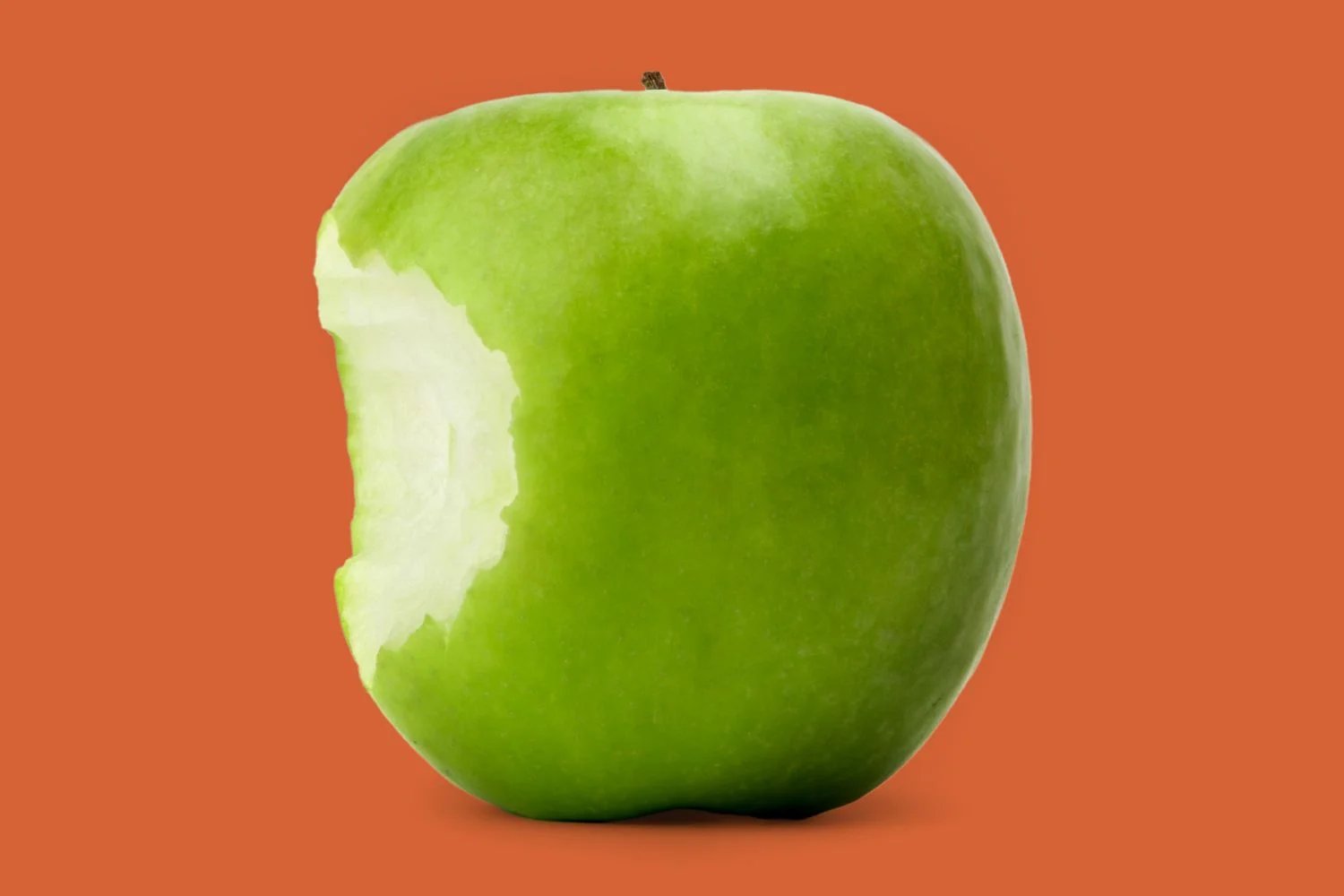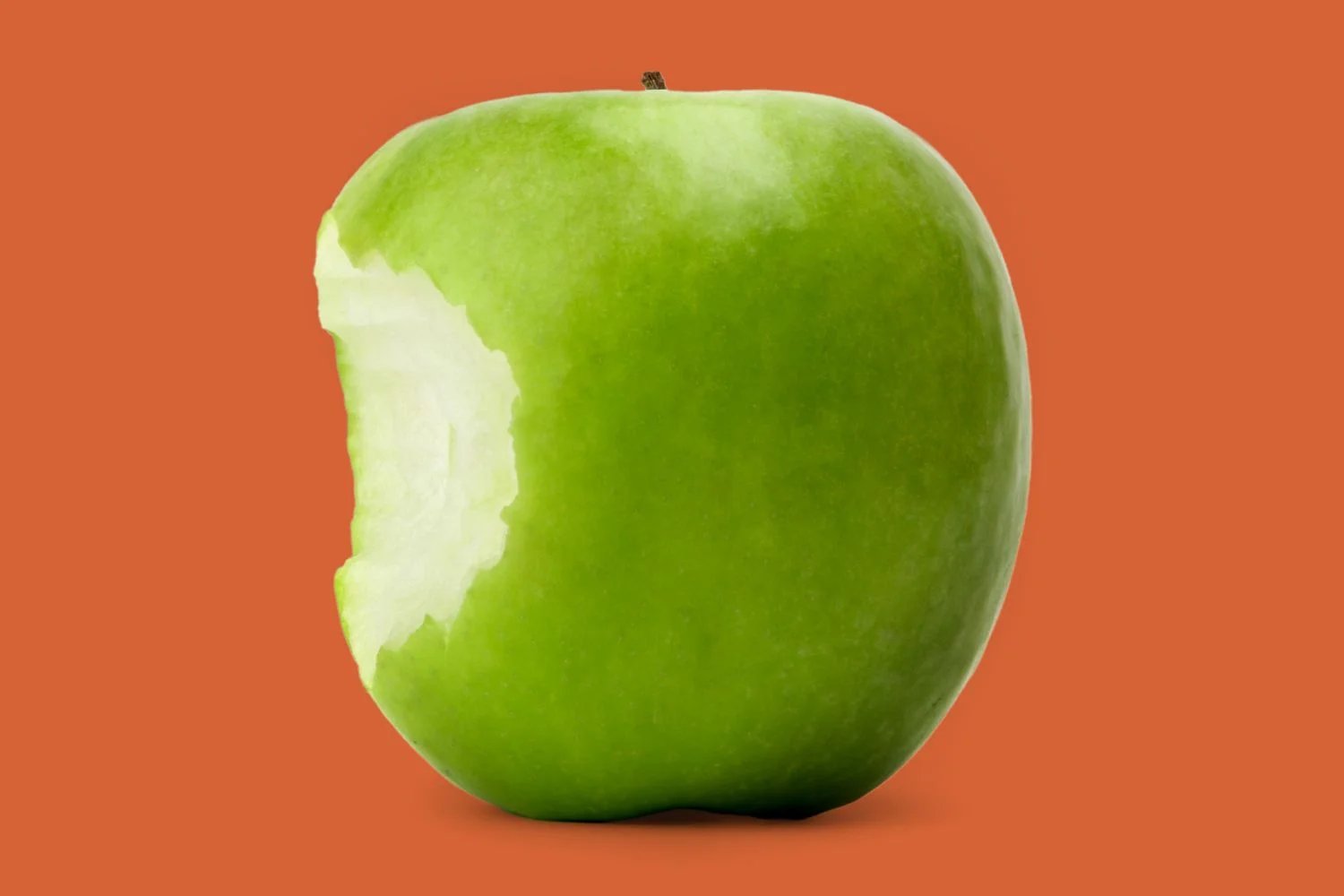
uaetodaynews.com — An Apple Compound Could Be the Future of Oral Care, Study Finds
- A new study found that morin, a natural compound found in apples and other plants, shows promise in reducing inflammation, oxidative stress, and bacterial growth linked to gum disease.
- Researchers created a morin-based powder for targeted, controlled release at the periodontal site, providing a potential non-antibiotic treatment for periodontal disease.
- Scientists aim to develop the compound into oral care products that could assist people with limited mobility, although further testing is required before it can be used clinically.
As the saying goes, an apple a day keeps the doctor away. And according to a new study, that might also include the dentist.
In October, researchers from the Araraquara School of Dentistry at São Paulo State University published their study findings on the effectiveness of morin, a natural plant extract found in fruits like apples, in the Archives of Oral Biology.
As the researchers explained in a statementgum disease, also known as periodontal disease, occurs when bacterial plaque, a “sticky film formed by bacteria and food debris,” builds up on the teeth. They added that periodontitis, a severe form of periodontal disease, is the sixth most common chronic condition worldwide and can lead to tooth loss. They also pointed to data from the World Health Organization, which stated that nearly half the world’s population suffers from an oral disease, making their work even more important.
While treatment options generally include teeth cleanings and regular plaque removal, in some cases, the biofilm and calcified deposits are too difficult for dentists to eliminate, the researchers explain in their work. And that’s when topical antibiotics are usually used. However, the team added that “concerns with antibiotic use exist due to the challenges of rising antimicrobial resistance.” And that’s where their work on a “non-antibiotic-based adjunctive antimicrobial therapy” comes in to help improve patient outcomes.
The researchers explained that they chose morin, which is also found in items like guava fig peels, some teas, and almonds, because it is “natural, inexpensive, and easily accessible” for people worldwide. It was also an excellent choice due to its “strong antioxidant, anti-inflammatory, and antibacterial” properties.
There is, however, a major caveat to morin’s powers.
“Morin is a flavonoid that can be obtained from various fruits. But simply eating it isn’t enough; the substance needs to be processed,” Luciana Solera Sales, the doctoral student behind the research, shared in a statement. “The idea is to take advantage of this natural compound, its benefits, and its advantages, and transform it all so that it can be used to prevent and treat tooth decay and periodontal disease.”
So, the researchers took the compound, turned it into a powder, and tested it on a biofilm made of bacteria designed to mimic the effects of gum disease. It was combined with ingredients like sodium alginate and gellan gum to create polymers that “protect morin from degradation and enable its sustained, controlled release directly at the periodontal site,” the study explained. The end result, Sales said, looks like powdered milk. It’s a process, Sales added, that is “already widely used for drugs but isn’t yet widely used in dentistry.”
They discovered that the powder significantly reduced inflammation, oxidative stress, and bacterial growth often associated with gum disease, including Porphyromonas gingivalis. The final product, they noted, also has the potential to benefit a broad range of people.
“At the moment, we have a fine powder obtained through spray drying — which is the same equipment used to make powdered milk — that can be used to make various types of oral hygiene products,” Andréia Bagliotti Meneguin from the Faculty of Pharmaceutical Sciences of Araraquara said. “The idea is to provide a platform that acts as an adjunct and can be useful, for example, for people with reduced motor skills who are unable to brush their teeth properly, such as older adults and patients with special needs.”
Still, the team noted that more work remains, including developing a product that appeals to patients’ tastes, has minimal or no side effects, and is scalable for business.
“We also aim to provide an alternative to products currently available on the market that don’t meet the demand because they have some side effects reported by patients, such as taste changes and increased tartar buildup, as well as stains on the teeth with prolonged use,” Brighenti added.
Next, animal models and clinical studies aim to find an easier way to treat gum disease everywhere.
Disclaimer: This news article has been republished exactly as it appeared on its original source, without any modification.
We do not take any responsibility for its content, which remains solely the responsibility of the original publisher.
Author: Stacey Leasca
Published on: 2025-10-20 16:01:00
Source: www.foodandwine.com
Disclaimer: This news article has been republished exactly as it appeared on its original source, without any modification.
We do not take any responsibility for its content, which remains solely the responsibility of the original publisher.
Author: uaetodaynews
Published on: 2025-10-21 04:37:00
Source: uaetodaynews.com
